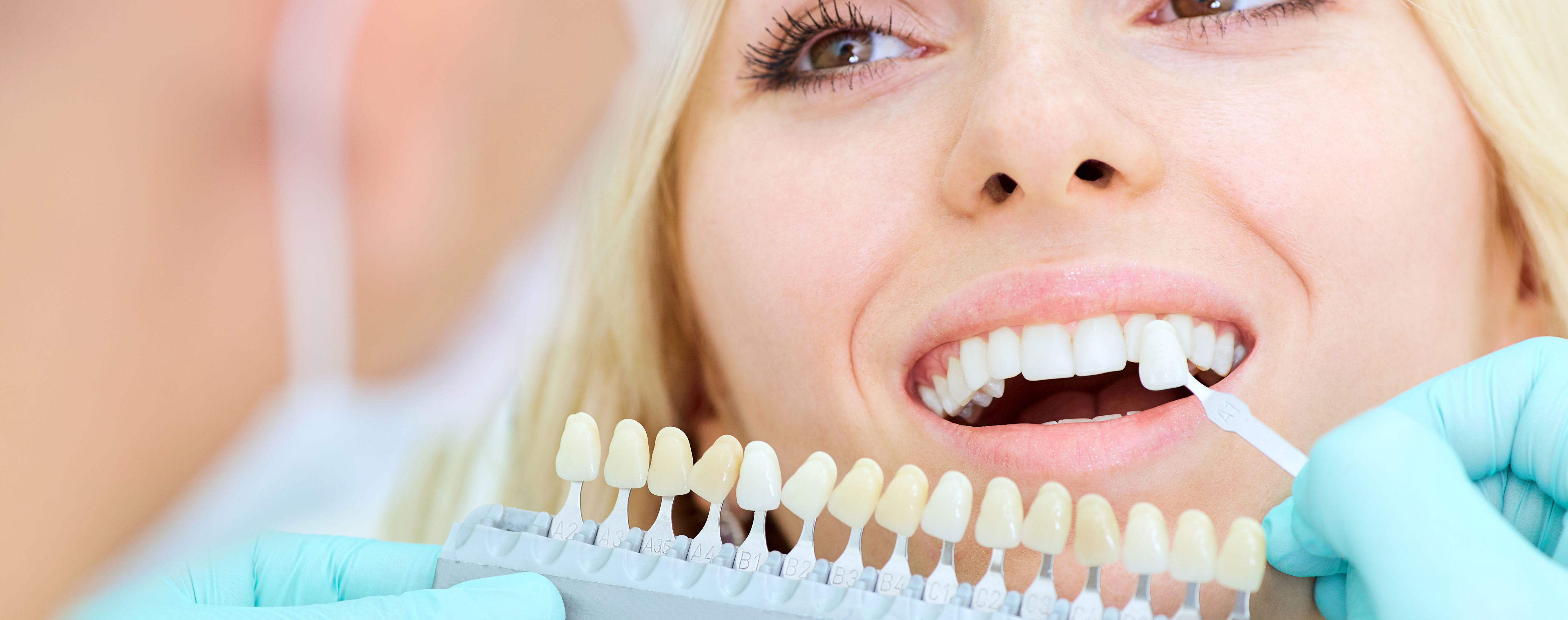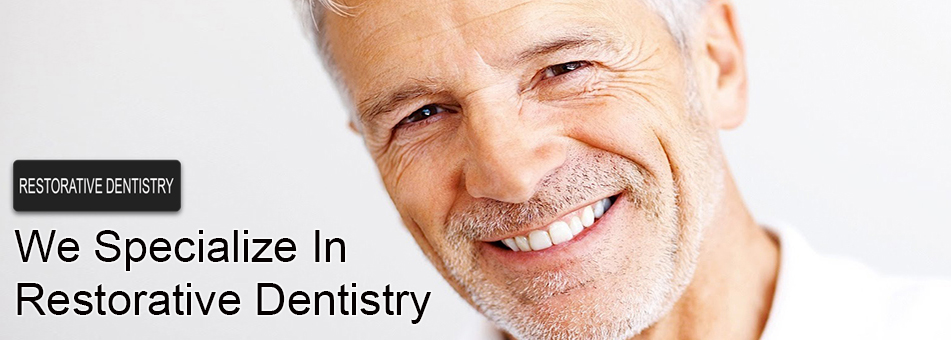Restorative Dentistry
The term "restorative dentistry" is the integrated management of oral health problems and restoring of the mouth to a functional and esthetic state. While it is not currently recognized as a dental specialty by the American Dental Association, general dentists are able to perform many of these procedures without additional education and certification. It all depends on how difficult the procedure is and what the dental professional feels comfortable with. Many of the procedures are also covered by the dental specialty of prosthodontic dentistry, including fillings, veneers, crowns, bridges, full and partial dentures and dental implants.

Scheduling an appointment is the first step towards a beautiful smile. Call us today at 516.569.2666 or click here to complete our appointment request form. Our friendly staff we will contact you to confirm your appointment. We offer emergency dental care!
Replacing Missing Teeth
Restorative dentistry is often referred to as prosthodontic dentistry. Whether your dental professional uses the term "restorative dentistry" or "prosthodontic dentistry," the goal is to preserve natural teeth as much as possible. Replacing missing teeth with a dental implant, bridge, full or partial denture helps promote dental health as well. Filling in empty spaces in the mouth can help prevent cavities in the remaining teeth because odd-shaped gaps are vulnerable spots for plaque-causing bacteria to build up. Missing teeth also put extra stress on your remaining natural teeth because you don't have as much surface area to chew with.
Tooth Restoration Options
When deciding on a strategy for restorative dentistry, you'll need to consider both physical and fiscal factors—your health and your budget. Most dentists involved in restorative dentistry will try to preserve your natural teeth if possible before resorting to full or partial dentures so you won't have to remove and clean the devices regularly. But sometimes full or partial dentures are the better option if you have many missing teeth and you're not a good candidate for dental implants due to other health issues.
Types of Dental Restoration
These days, thanks to a variety of options for dental restoration, you have many choices for repairing, worn, decayed, damaged or missing teeth and restoring a healthy and beautiful smile. Depending on the nature of your problem, your dentist will perform one of two types of dental restorations:
DIRECT
Direct tooth restoration involves placing a filling into a prepared tooth cavity immediately. This procedure can be done in a single office visit. Your dentist chooses from a variety of filling options based on the type and location of the filling. For example, glass or resin ionomers are often used for replacements near the tooth root or other areas not subjected to heavy pressure from chewing.
INDIRECT
Indirect tooth restoration involves customized tooth replacements in the form of crowns, onlays, or inlays. A crown covers the entire chewing surface of a tooth, an inlay lies within the cusps of the tooth, and an onlay covers and one or more cusp tip, including part of the chewing surface. An indirect tooth restoration will require more than one office visit because the inlay or onlay must be fabricated in a lab. Crowns, inlays and onlays can be made from a variety of materials. Gold is still used for some inlays, but for someone concerned about white teeth, porcelain and tooth-colored composite resins are other options.








